Textile Design Inspiration: Past & Present
January 22, 2014
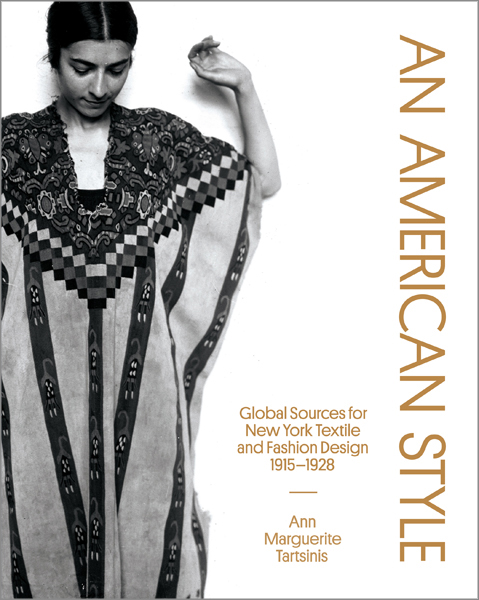 An American Style: Global Sources for New York Textile and Fashion Design, 1915–1928, on show at Bard Graduate Center in New York City (September 27, 2013 – February 2, 2014), showcases the efforts of the American Museum of Natural History (AMNH) to educate and inspire textile and fashion designers in the 1910s – 20s.
An American Style: Global Sources for New York Textile and Fashion Design, 1915–1928, on show at Bard Graduate Center in New York City (September 27, 2013 – February 2, 2014), showcases the efforts of the American Museum of Natural History (AMNH) to educate and inspire textile and fashion designers in the 1910s – 20s.
The original project was a groundbreaking approach in both its initial focus solely on textile design and the notion of influencing a nation’s visual culture towards a distinctly ‘American’ (non-European) design idiom.
World War I disrupted both commerce and the dissemination of design ideas from Europe and, more specifically, Paris – the creative hub of the design world at that time.
With this void in inspiration for US fashion and textile design – and in somewhat nationalistic exuberance – anthropologists at AMNH took this opportunity to expand their scope of interest to include commercial design.
Not only were designers invited to view the museum’s full collection, they also had access to the museum’s classes, lectures, manuals and other publications.
Progressive designers – many of them women – readily took advantage of these sources and created designs inspired by ethnic motifs, styles and techniques, such as batik or block printing. Famous among them were Ruth Reeves, Jessie Franklin Turner and Mariska Karasz.
The initiative started with collections from the Americas. It soon went more global and expanded to include fashion design and artifacts from other geographic areas, culminating in the Exhibition of Industrial Art in Textiles and Costumes in 1919. (Click on the link to experience Bard’s outstanding interactive/multimedia presentation of American Art in American Dress: Revisiting the Exhibition of Industrial Art in Textiles and Costumes 1919.)
By 1928, plans for a new museum and staff to center on the intersection of scientific study and commercial design were scrapped as the museum returned to its traditional ways of studying and presenting to the public. A very unique design collaboration was over.
But drawing inspiration from sources gathered from around the globe continues to be a mainstay of contemporary design practice. Travel, print publications, internet sources, museum exhibitions and popular movies all exert an influence on print trends. (Trend services deliver a packaged interpretation of latest colors, motif ideas and silhouette styles via lectures, magazines and digital publications usually paid for by their subscriber/members. – Ed.)
Apropos to “American Style” is the enduring popularity of referencing indigenous textiles of the Americas in fabric and fashion design development. A Google image search for ‘Aztec motif’, for example, yields thousands of results – though many of these images were repetitive, derivative and did not contain clear information on their provenance or context.
Recent collections by Proenza Schouler and Urban Outfitters have been inspired by Navajo textiles. Ranging from the inspired and informed to the outright offensive, the appropriation of indigenous motifs and styles has opened up a heated debate on the creative interpretation of ethnic designs and intellectual property rights.
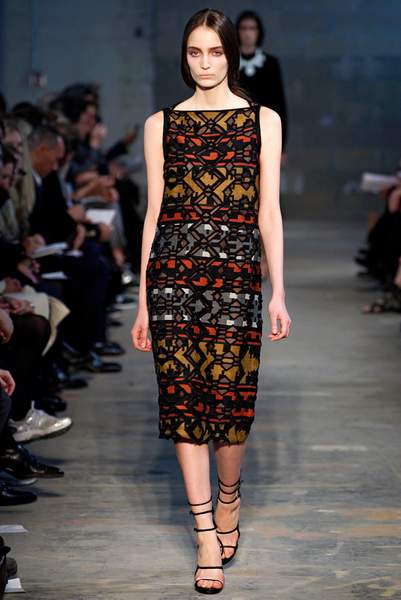 It is complicated and difficult to define what is culturally and legally permissible and what isn’t, as explored in An Uneasy Cultural Exchange – a New York Times article published in 2012.
It is complicated and difficult to define what is culturally and legally permissible and what isn’t, as explored in An Uneasy Cultural Exchange – a New York Times article published in 2012.
A museum exhibition that helps the viewer to make connections, see work in context and learn about design and culture from a wider perspective can set the framework for an inspired and respectful use of cultural heritage.
This made me curious to find out how textile design students of today research visual imagery to inspire their designs.
Are they mainly relying on online image searches?
Do they visit museums regularly?
Do they visit exhibits specifically to get inspiration for designs?
There was only one way to find out. A brief survey among current textile design students at the Fashion Institute of Technology (NYC) revealed that inspiration for design work is mainly found on the internet and the street, closely followed by magazines. But museum collections and books still rank high in popularity!
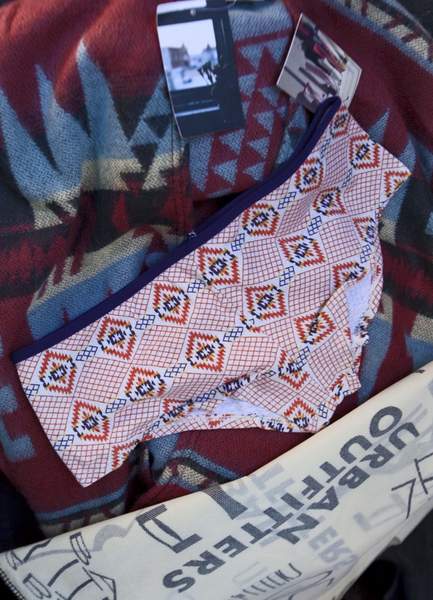 For over 90% of the responding students it is somewhat important that information is reliable, i.e. provided by someone who expertly knows the subject matter and presents information in context. For 25% this is even a very important aspect in their research. 50% of the responding students visit a museum at least once a month; all of them go at least twice a year.
For over 90% of the responding students it is somewhat important that information is reliable, i.e. provided by someone who expertly knows the subject matter and presents information in context. For 25% this is even a very important aspect in their research. 50% of the responding students visit a museum at least once a month; all of them go at least twice a year.
Surprisingly, given this feedback, Pinterest is about 2.5 as likely to be accessed for visual information than museum websites.
This is of course a small sample of respondents and by no means inclusive, but it confirms that museum exhibits are very valid as a source of inspiration and education.
The Metropolitan Museum of Art‘s recent Interwoven Globe: The Worldwide Textile Trade 1500-1800 exhibition will no doubt influence design trends in the next year while also showing how the exchange of design ideas across cultures has been practiced for hundreds of years. (Trend-ology at The Museum at FIT (on view December 3, 2013 – April 30, 2014) “examines the diverse sources from which fashion trends have emerged over the past 250 years…” -Ed.)
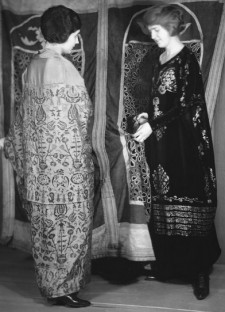 An American Style show at BGC explores a unique moment in history when anthropologists actively and enthusiastically sought a collaboration with designers and commercial interests.
An American Style show at BGC explores a unique moment in history when anthropologists actively and enthusiastically sought a collaboration with designers and commercial interests.
To learn more about the “fashion staff” of AMNH journalists and anthropologists and the designers and manufacturers who participated in this exceptional project, check out the beautifully designed exhibition catalogue with comprehensive and engaging text and images based on master’s thesis of Bard graduate Ann Marguerite Tartsinis, show curator and also associate curator at Bard Graduate Center: Decorative Arts, Design History, Material Culture.
________________________________________
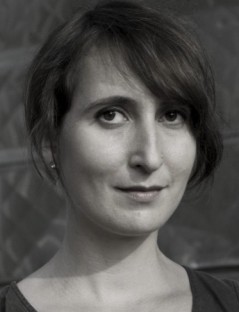 Susanne Goetz is a professor in the Textile/Surface Design department at Fashion Institute of Technology. She has worked as a textile designer, lecturer and researcher in Germany, Thailand and UK before relocating to NYC.
Susanne Goetz is a professor in the Textile/Surface Design department at Fashion Institute of Technology. She has worked as a textile designer, lecturer and researcher in Germany, Thailand and UK before relocating to NYC.
Her expertise is in printed textile design, textile design history and CAD applications for textile design and production. Goetz has a strong interest in sustainability in the textile industry and the impact of new technology on teaching and learning in Art & Design. She frequently collaborates on multi-disciplinary projects with designers and artists, including fashion, accessories, jewelry and event design.
Goetz holds a MSc in Textile and Apparel Technology Management from North Carolina State University and a BA in Textile Design from Hof University of Applied Sciences, Germany. She is a Fulbright Alumni and a fellow of the Higher Education Academy (FHEA).
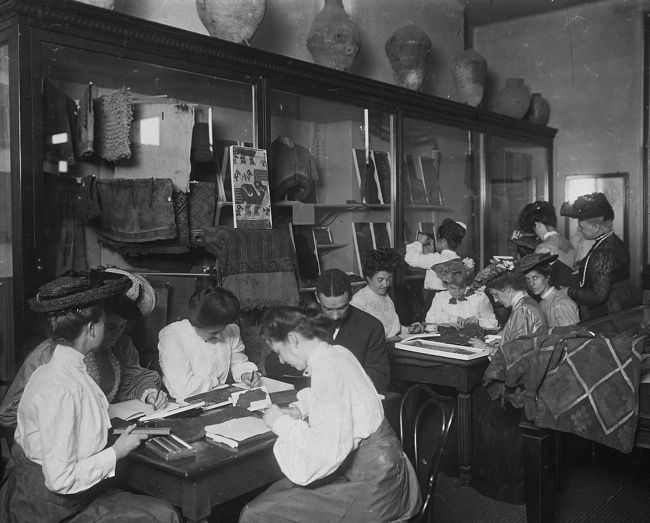
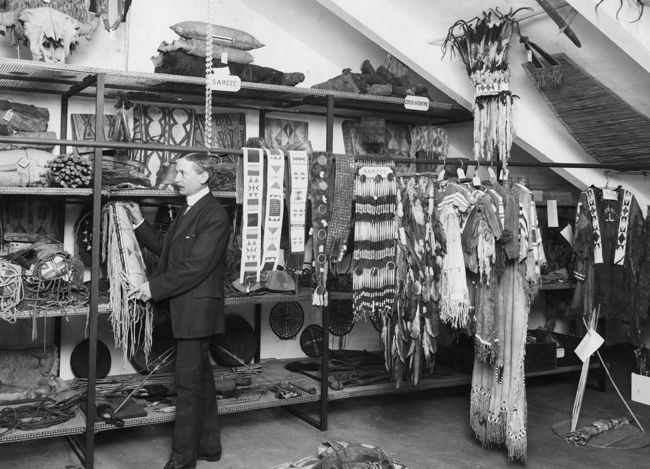
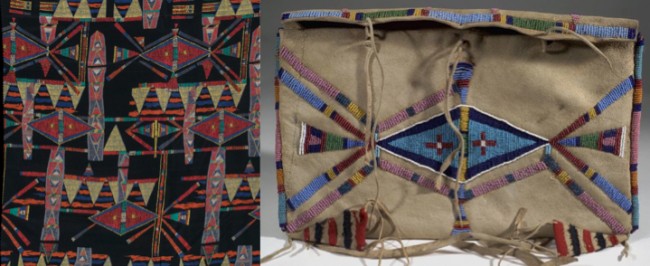
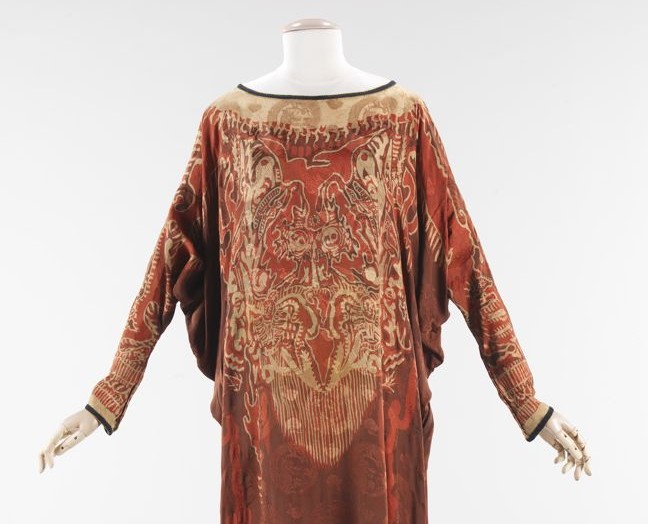
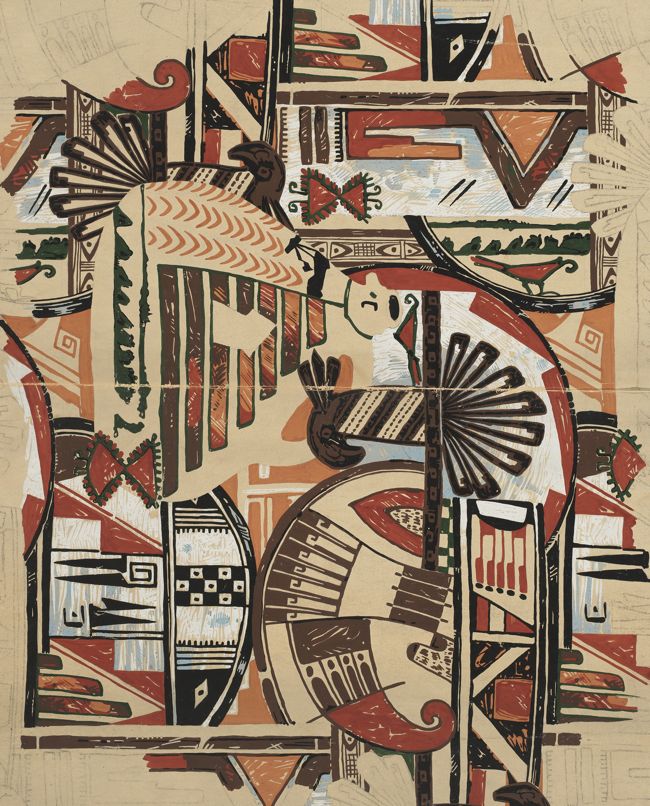
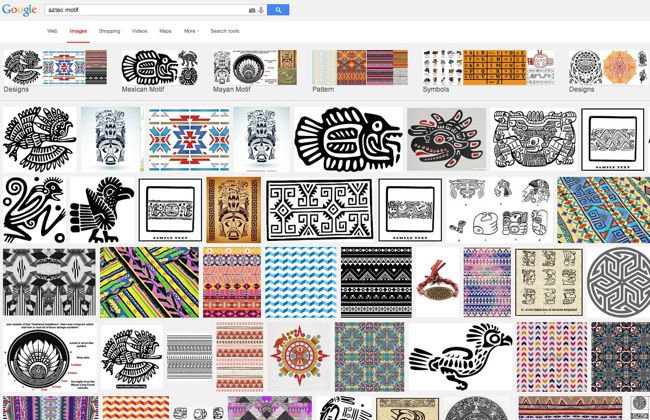

2 Comments
Design Inspiration says
January 27, 2014 at 11:55 pm
Thank you for sharing superb information.
NewsBlog Editor says
January 30, 2014 at 10:11 am
Thanks for getting designgood.com on SDA radar! Great to know about your site and mission.
Related Blog Articles
Creative Process
“Fringe: On the Edge of Fiber” — Out Now!
Creative Process
Friday Fibers Roundup: Craft & Color
Creative Process
“Standing Tall: A Heart-FELT Reflection” by Martien van Zuilen